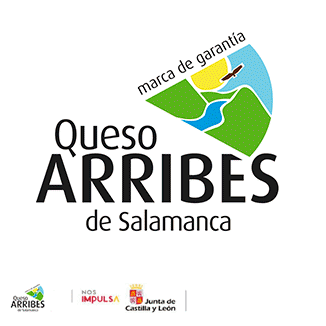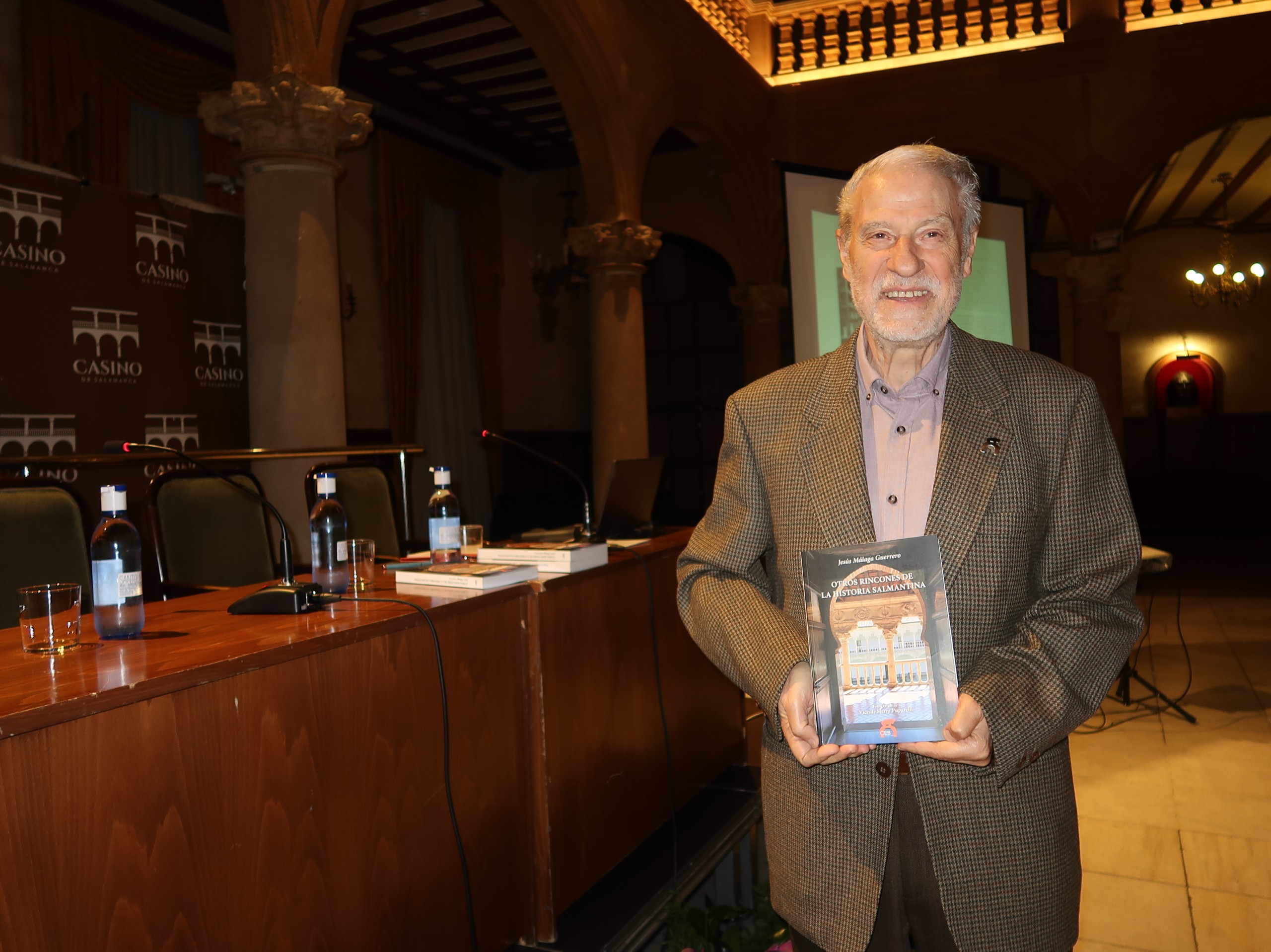LA ORGANIZACIÓN Y SU HUELLA AMBIENTAL
La Unión Europea quiere que todos sus estados miembros hablen el mismo “idioma” a la hora de comunicar el comportamiento ambiental de todas las organizaciones que operan en su territorio y para ello ha establecido lo que se conoce como Huella Ambiental de las Organizaciones (HAO), que es definida por aquella como “medida multicriterio del comportamiento ambiental de una organización que proporciona bienes o servicios, con la perspectiva de todo el ciclo de vida”, y cuyo objetivo general es “tratar de reducir el impacto ambiental derivado de las actividades de las organizaciones, teniendo en cuenta las actividades de la cadena de suministro (de la extracción de las materias primas a la gestión de los residuos finales, pasando por las etapas de producción y uso)”.
Los estudios de la huella ambiental buscan disponer de evaluaciones y seguimiento de los comportamientos ambientales comparables; disminuir el impacto ambiental de la cadena de suministro y preparar a las empresas, administraciones públicas, asociaciones, etc. para su participación en programas de carácter voluntario u obligatorio.
Cuando se pretenda llevar a cabo un estudio de este tipo se debe establecer los objetivos, definir el alcance, inventariar el uso de recursos y emisiones, evaluar el impacto de la huella ambiental e interpretar la información para comunicar de forma adecuada a través de los informes pertinentes. Además, para que sea efectivo deberá existir pertinencia, integridad, coherencia, exactitud y transparencia en las metodologías, datos y tratamiento de la información.
“No somos lo que hacemos ni lo que pensamos. Tan sólo somos la huella que dejamos”. (MJ. Bustelo)
THE ORGANIZATION AND ITS ENVIRONMENTAL FOOTPRINT
The European Union wants all its member states to speak the same “language” when communicating the environmental behaviour of all organizations operating in its territory and for this purpose it has established what is known as the Environmental Footprint of Organizations (HAO), which is defined by EU as “multicriteria measure of the environmental behaviour of an organization that provides goods or services, with the perspective of the whole life cycle”, and whose general objective is “to try to reduce the environmental impact derived from the activities of organizations, taking into account the activities of the supply chain (from the extraction of raw materials to the management of final waste, through the stages of production and use)”.
Environmental footprint studies seek to have assessments and monitoring of comparable environmental behaviours; reduce the environmental impact of the supply chain and prepare companies, public administrations, associations, etc. for participation in voluntary or mandatory programs.
When it is intended to carry out a study of this type, the objectives must be established, the scope defined, the inventory of the use of resources and emissions, evaluate the impact of the environmental footprint and perform the information to be communicated properly through the relevant reports. In addition, to be effective there must be relevance, integrity, consistency, accuracy and transparency in the methodologies, data and information processing.
“We are not what we do or what we think. We are only the mark we leave”. (MJ. Bustelo)
Antonio González Losa























